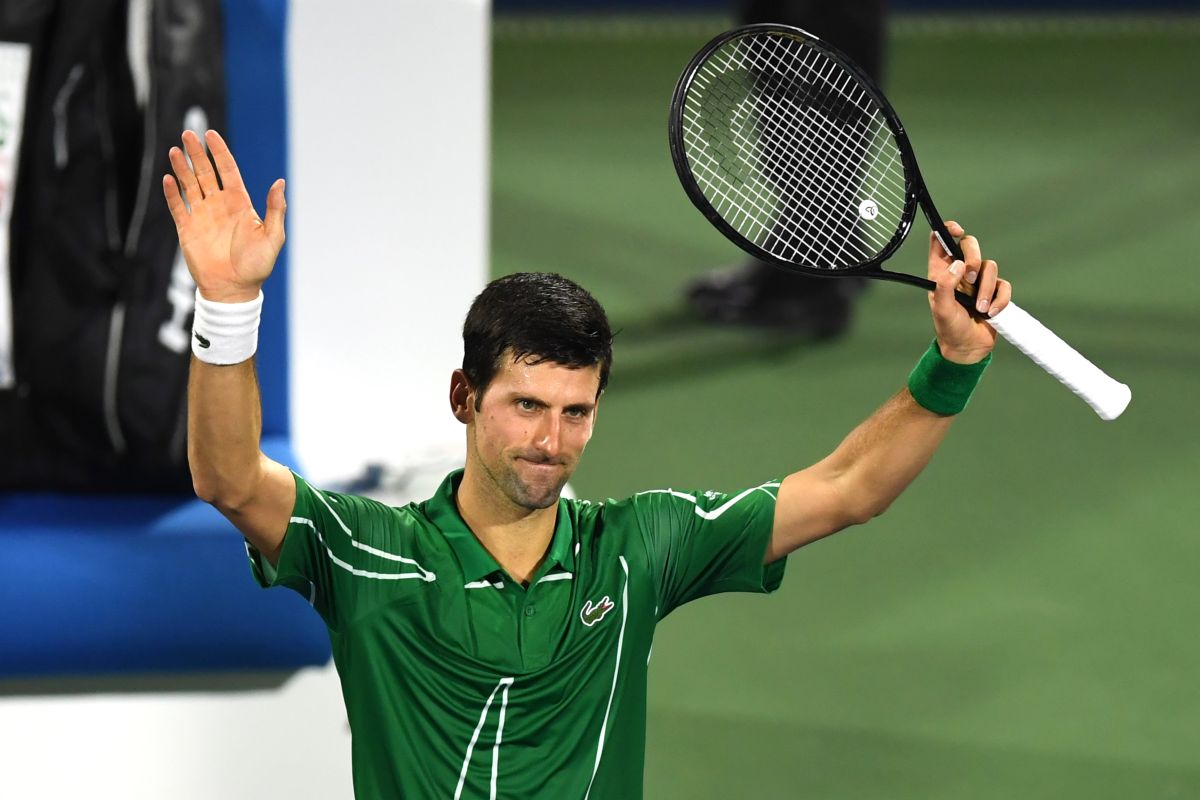Former England opener Raman Subba Row dies aged 92
Former England opener and ICC match referee Raman Subba Row has died at the age of 92.
There’s an air about it that seems to say that there’s no getting away from it, taking the enjoyment out of it and saddling itself with a chore which, not done, will provoke retribution of the worst kind.

(Photo by KARIM SAHIB / AFP)
Sport, or a wide variety of its multifarious manifestations in different lands and climes, has restarted without fans in the stands but it might be a pretty safe bet to say that you ain’t really seen nothin’ yet. The real test of its acceptability in the time of the novel coronavirus could be the cricket Tests England are to play at home against the West Indies in the none too distant future.
That will take the fundamentally commercially driven resumption to an international level, admittedly in a putatively bio-secure environment, rendering the game’s new self-assertion more emphatic and flamboyant than much richer, more popular football’s comeback predicated on the completion of a few European domestic leagues.
Not that tennis didn’t attempt its own experiment, giving a fun tournament a multi-nation shape and substance with varied representations. But Novak Djokovic, whose initiative culminated in the event being staged, ended up being reviled and being given death threats after a deeply disconcerting rash of infections had claimed global headlines.
Advertisement
A few of his peers hauled him over the coals and at least some European critics, digging up his past, suggested that he mightn’t quite be a normal human being, aware of his plus as well as minus points. What left the world scared stiff was that Djokovic, the world No 1, was among the victims himself, as news of violations of socialdistancing norms flooded out in the aftermath of the appalling affair. True, Vietnam has opened football to spectators, as have very tiny segments of eastern Europe, but that, to repeat a point, is all about home turf frolic: bored people craving a taste of the pre-Covid-19 times.
England, as an organising force, is targeting something big though and that magnifies the risk it is taking to that extent. Even if everything turns out to be tickety-boo till the end of the ambitiously devised show, meant to fill the summer, and Pakistan, whom England host next, feel reassured and comforted by that, the fear of fluffed lines here and there along the way will detract a lot from the contests which are to be held in camera anyway.
There’s an air about it that seems to say that there’s no getting away from it, taking the enjoyment out of it and saddling itself with a chore which, not done, will provoke retribution of the worst kind. Another point is what the cricket will look like when swing bowlers aren’t permitted to shine the ball with saliva? It’s been as intrinsic to the game as the everyday rise of the sun in the East. Or, breathing.
Has it been proscribed because the authorities, focused on the cash book, don’t really trust the arrangements that they have made for player safety but, having come thus far, don’t want a rollback? The suspicion is inevitable because, as Michael Holding pointed out weeks ago, if everyone is tested before being let into that safe zone where the virus supposedly can’t get a look-in, why should it be necessary to deny the new-ball bowler an advantage he has historically taken for granted?
At the core of the new-normal back-and-forth is the realisation that cricket, as the days roll by, is losing its bat-and-ball balance very rapidly. It simply won’t do to say that the International Cricket Council’s technical stalwarts enacted the saliva ban: committees usually do what they are told, but the game is what matters. England might pull it off yet but will the game be worth the candle if cricket is thought of?
Advertisement